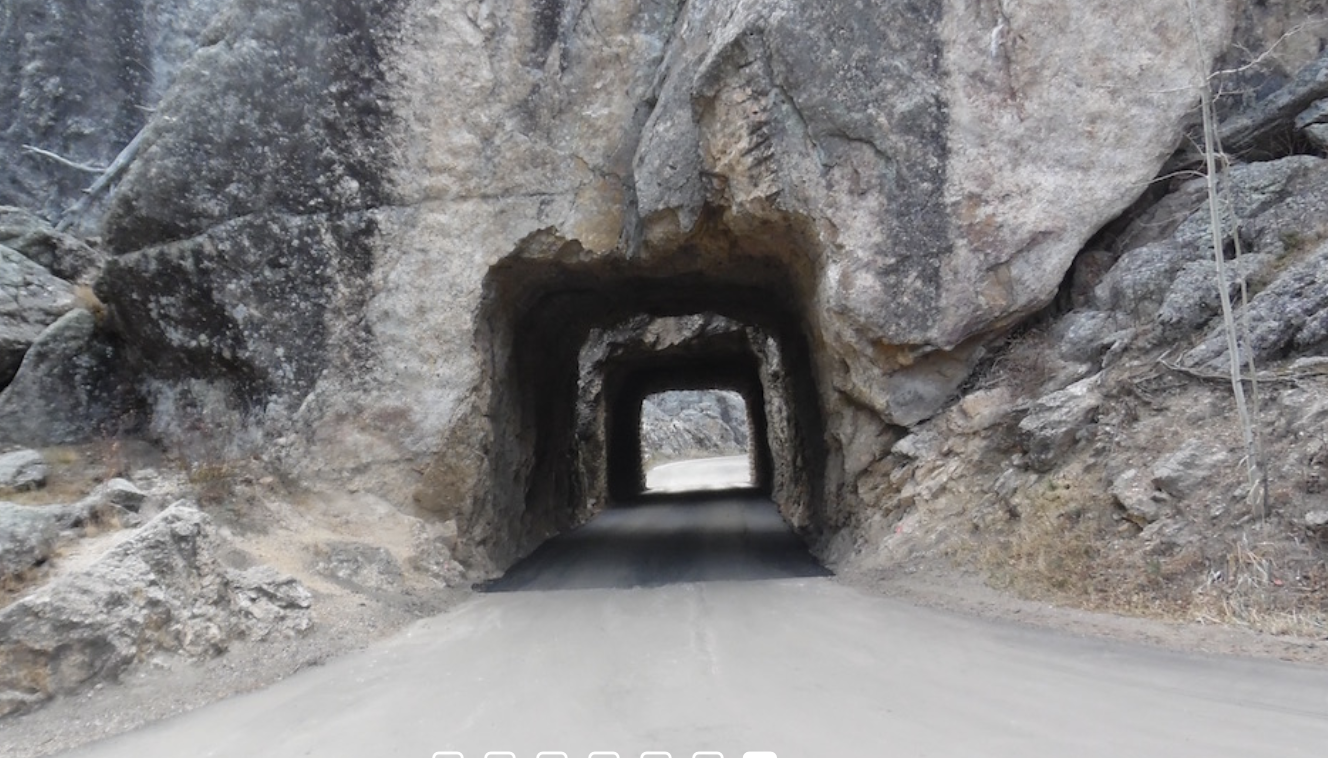
Deadwood-Custer Cheyenne Stage Route 1875- 1877
Officially called the Cheyenne & Black Hills Stage.
Gold was discovered in the Black Hills of Dakota in August, 1874.
While the Overland Stage Line helped open the West, the Cheyenne-Deadwood Stage Line serviced locations in South Dakota.
Stagecoaches followed a 300-mile Cheyenne-Deadwood Stage Road carrying passengers and mail.
Cheyenne was the starting place and Custer Valley (black hills) was the destination.
In the spring of 1877, the route was extended 52 miles from Custer City to the new booming mining town of Deadwood.
Ten Mile Stage Stop
The trail connected the Union Pacific Railroad in Cheyenne with the gold mining region in the Black Hills of Dakota Territory.
Nine passengers could be accommodated inside the coach.
The line used both smaller coaches drawn by four horses and giant 18-passenger coaches pulled by six horses.
Horses were changed every lOO miles or so, making it necessary to establish a number of stations along an established route.
Stage Stops as Twelve Mile station, Log Cabin House and the Bulldog Ranch punctuated the journey.
Twelve Mile Ranch Stage Stop
A camp at the Mouth of Red Canyon, sometimes called Camp Collier, was established at in mid-July 1876 to protect travelers over a shorter 150-mile Cheyenne-Black Hills stage road.
Camp Collier
Camp Collier came into being after the Sioux, resentful of the white invasion of their sacred Paha Sapa, had that spring killed a number of persons travelling through the steep-walled canyon, believed to be the most practical route from Cheyenne to the Black Hills.
Metz Family Massacre
With the stages carrying gold, the danger from road agents was always present.
The rich cargo on the coaches became regular targets for thieves and highwaymen.
The most prominent of these highwaymen were Pegleg Bradley, Dunk Blackbird, Bill Price, and Charley Grimes.
During one two-month period the Deadwood stage was held up four times by the Sam Bass Gang, consisting of Bass, Joel Collins, Tom Nixon, Bill Heffridge and Jim Berry.
The line used an ironclad coach named the “Monitor” for transporting gold.
The stage was fitted up as a treasure-stage to carry the gold from Deadwood to the railroad, and a number of shotgun messengers accompanied the coach on its trips to and from.
Shotgun messengers were men of reputation as killers. Gail Hill, Jesse Brown, Jim May, Boone May, and Scott Davis
The Monitor, was held up by road agents on September 26, 1878, near Canyon Springs Station.
An estimated $150,000 worth of gold, never recovered, went missing, at the Canyon Springs Stage Stop.
An armored stage known as “Old Ironsides” was also used for a three-year period on the Deadwood-Sidney run and was robbed only once.
On March 26. 1877. five masked robbers held up a stage coach about 15 miles out in the Deadwood.
A holdup of the Deadwood Stage was depicted in Wm. F. Cody’s Wild West Show.
The coach was purchased by Col. Cody in 1911 and is now on exhibit at the Buffalo Bill Museum in Cody, Wy.
The Black Hills route lasted only 11 years.
Completion of the railroad lines in 1886, caused gradual abandonment of all stage lines.
A stagecoach can be seen at the Lusk, Wyoming Stagecoach Museum.
LINKS:





